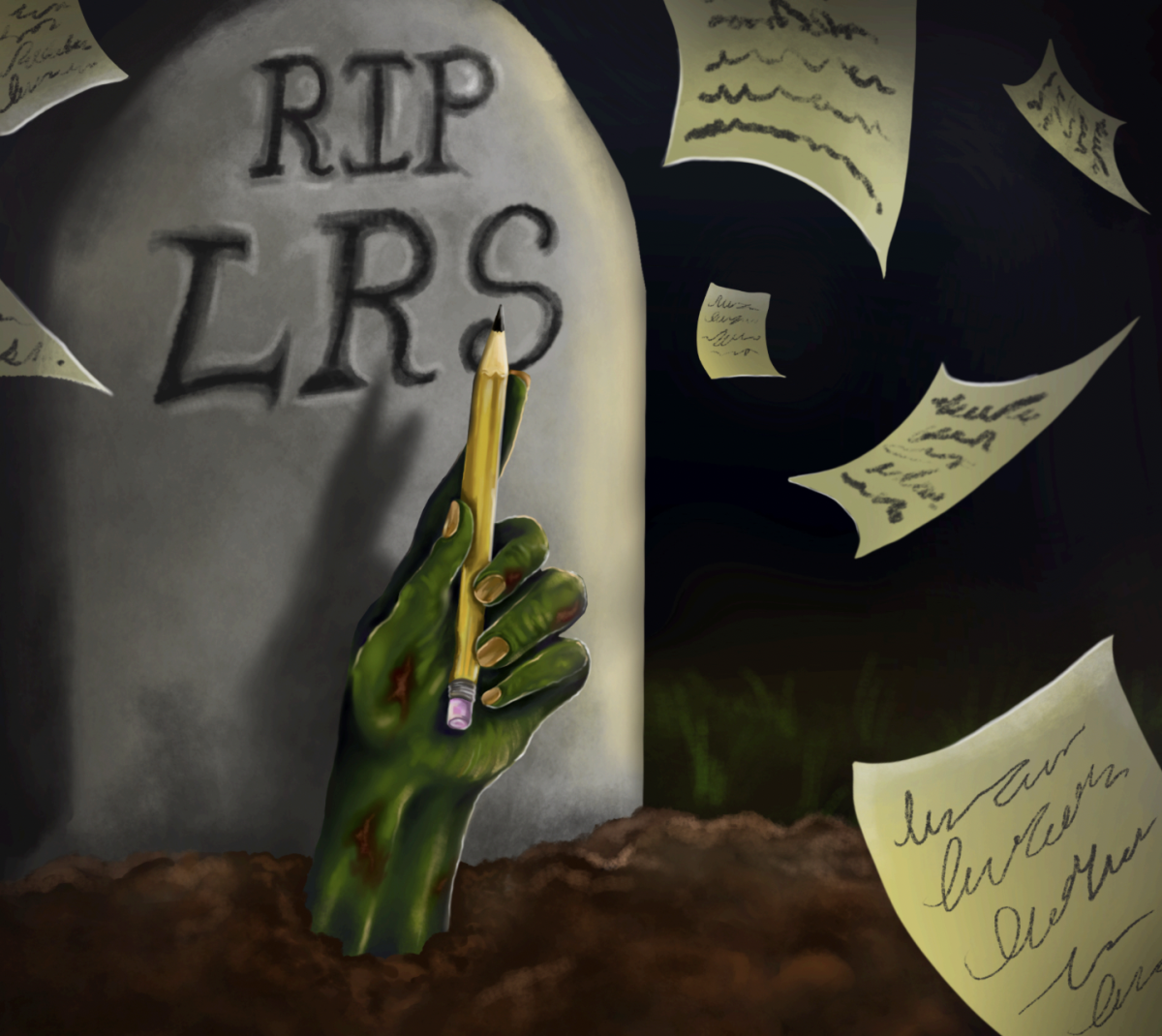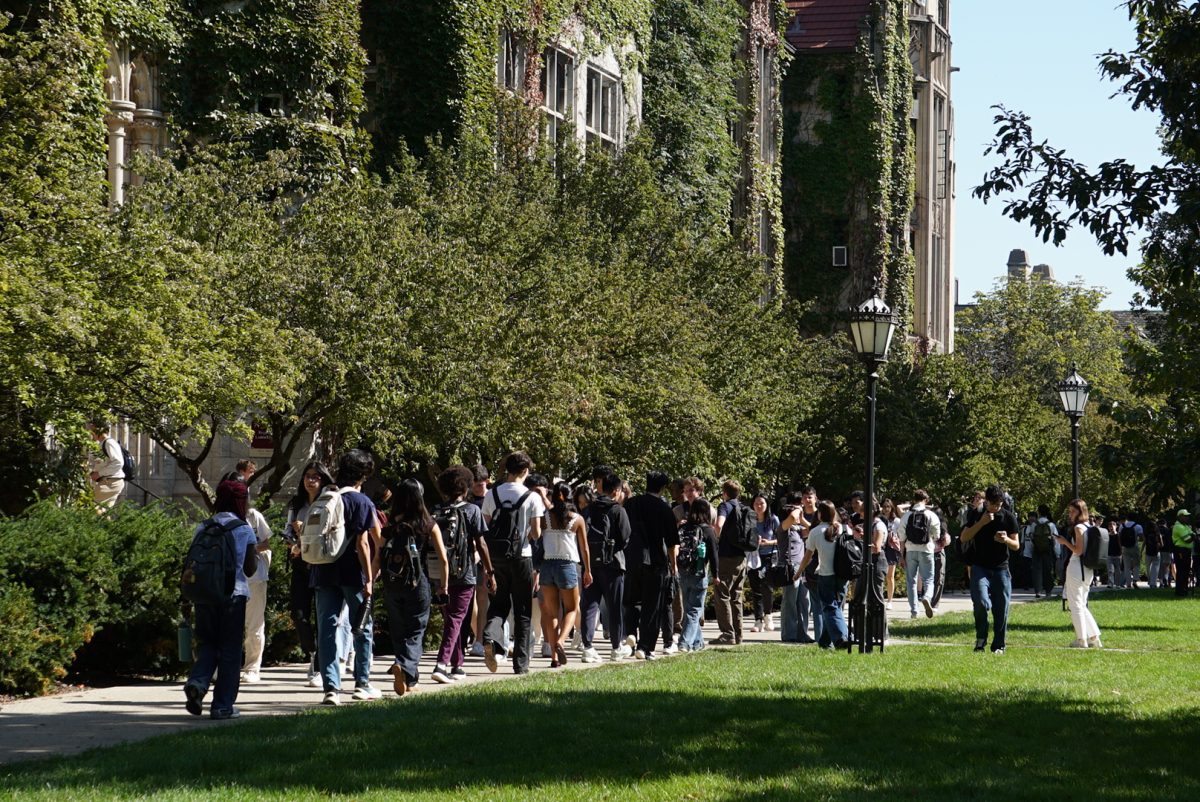While the controversy over the Core may have engaged all of our attention last spring, after the College announced the virtual canceling of the Western Civilization sequence, what will have a more dramatic effect on the character of the College—its continuing expansion—has largely flown under the radar.
The University of Chicago has always prided itself on providing a unique education. It has still one of the most expensive educations in the United States, but its character has been leaning more and more toward the august universities to the east. The ideal has always been that of a college situated within a great research university, where classes are taught by the very research faculty that makes the University great. This is unlike the independent liberal arts colleges, such as Kenyon, where the professors are hired for their ability to teach, or the other top-flight research universities, where college students are taught by graduate students who are taught by the faculty.
By expanding the college by 40% without a commensurate increase in the faculty (which has remained more or less constant), something of that has to give. While statistically the average class size has remained constant, the experience that many student have has changed a great deal. My first year, the section of calculus I was trying to fit into my schedule was filled to the point of overflowing the lecture hall. The solution? A new section was started, taught by a graduate student.
It has happened again and again that classes I take turn, on the first day of class, from seminar to lecture-discussion or from lecture-discussion to lecture because there are too many people in the room. If this happened only in one or two classes across the College, it could be blamed on the incompetence of the class registration program, but this is happening systemically. There is only one explanation for this—that there are too many students for too few professors.
This, at least, makes me wonder about the accuracy of the averages, or rather, the accuracy of the average for a question like class size. The presence of a few large lectures is likely to skew any average. While they’re only counted as a single class, they draw in many more students than small seminars. A simple thought experiment might prove my point.
Suppose that there were 100 seminars of 10 students each, and ten large lecture classes of 120 students. 2200 seats over 110 classes yields an average class size of 20. Suppose you took two classes—on the whole, you’d find yourself in one of the seminars, and one of the lectures. That makes the average size of classes you’re taking a lot closer to 65 than 20. In fact, you’re more likely to find yourself in two lecture classes than in two seminars, but we’ll set that tidbit aside. I’m not saying “damned lies and statistics,” (that’d be too easy) but rather demand that the statistics we’re fed be pertinent ones.
Speaking of statistics, it has been the case that the average applicant, and in fact the average student accepted to the College, has higher average test scores and class ranks than before the expansion. Congratulations, Michael Behnke, you’ve managed to keep the intellectual level of the College the same, or even improved it. Or so it would seem to the devotees of the U.S. News and World Report college rankings.
All it really proves, or so it seems to me, is that the College body is better able to take multiple-choice exams than ever before. That may or may not be correlated with intelligence, but I’d just as soon assume that it is not. The old legend is that the Chicago student is a part of a self-selected group, made up mostly of quirky intellectuals that would fit in nowhere else. Now, there seems to be a prevalence of economics majors who came because this was the best brand name school they could find their way into, and who have a collection of Ivy League college T-shirts to prove it. They’re certainly not here because it’s cheaper.
And the first-years are social! Well, not that there’s anything wrong with that. It may just seem a bit odd to an old curmudgeon like me.








